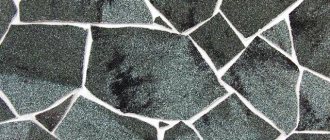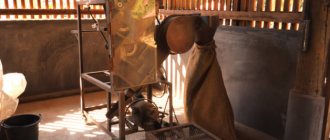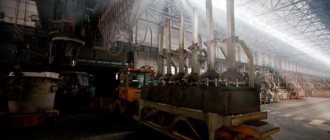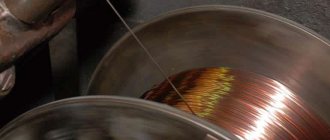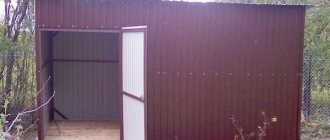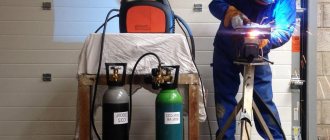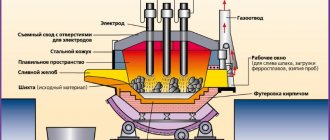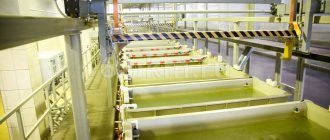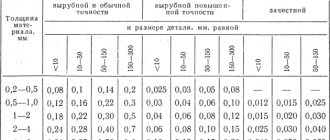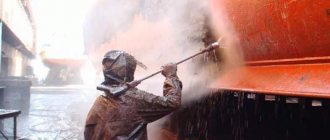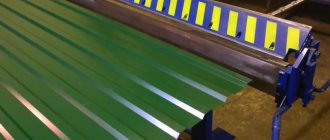Expensive varieties of timber are excellent raw materials for creating furniture, but not all people can afford such expensive products. In order to save valuable types of wood and reduce the cost of the final product, veneer was invented. This material is extremely popular today for cladding furniture. Veneer 100% repeats the pattern, texture and shade of natural wood.
To create veneer, factories use special machines. Veneer can be:
- peeled
- planed
- sawn
Accordingly, there are three types of veneer production machine.
Peeling machine for veneer production
To implement peeling of veneer, the raw material must be pre-treated with steam in order to increase ductility. After this, the logs are fed to a debarking machine, where the bark is removed from the workpiece, along with dirt and sand, which often cause the peeling knives to quickly become dull. Using a saw, the logs are cut into logs of a certain length. The churak must first be rounded, after which you can begin peeling. The veneer strip that comes out of the peeler is placed on a conveyor that feeds it to the shears. Scissors cut the veneer into sheets of the required format. Along the conveyor, the veneer is placed into a bundle, which is taken out from under the shears and delivered to the dryer using an electric loader. The product is dried in a roller dryer, then it is sorted on a conveyor and put into bundles by grade. Defective sheets can be glued together. If there are knots on the sheets, they are sent to a veneer repair machine, where the defects are removed and decorated with veneer inserts.
This veneer machine allows you to produce sheet material with a thickness of 1.5 to 5 mm from various types of timber. Most machines have a system that allows you to automatically install a log for subsequent processing.
To increase the productivity and convenience of the operator, the machines are equipped with hydraulic lifts-center finders, which themselves determine the appropriate axis of rotation of the workpiece and combine it with the axis of rotation of the centering shafts.
Peeling of steamed wood is used for pine, alder, and birch timber. Plywood is made from peeled veneer.
How are hulls constructed?
Tillers are semi-mounted equipment. There is a wide variety of types and brands of these agricultural machinery.
Depending on the device, four batteries are attached to the hoe support frame.
All design features directly depend on the operating principles of the hulls. Recent improvements have helped manufacturers of field machines significantly reduce fuel consumption when operating equipment.
In addition, modern manufacturers have ensured that materials last a longer period of time than several decades ago.
The basic principles of operation of the leading brands of ploughers are based on the fact that customized attachments are attached to the tractor. The desired tilt angle is set. It depends on how much the soil is clogged with weeds and needs loosening:
- if there is only a superficial overgrowth of grass with shallow roots, the angle is set small - up to 25 degrees. In this case, agricultural machines carry out harrowing and leveling, crumbling large clods of soil. There is practically no removal of weeds and their roots;
- Fertile soils with few plants and weeds need a higher angle of attack. Experienced farmers usually set an angle of 25–30° relative to the slope of the land for these types of land;
- more difficult to process, hard and dry soils require a high angle of attack - up to 35°. Thanks to this type of tilt, the greatest productivity is achieved in problem areas of the soil.
After the attachment is attached to the agricultural tractor and the required tilt angle is set, you can begin to work.
View this post on Instagram
Are you ready for the pre-planting season? . The southern regions of our country have already begun to prepare the land for sowing, but most of the regions are still under snow and are now actively preparing machinery and equipment to go into the field. .
